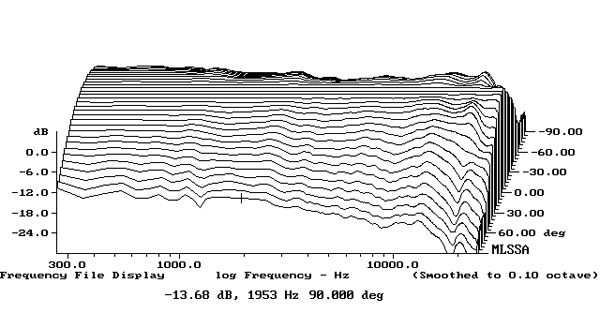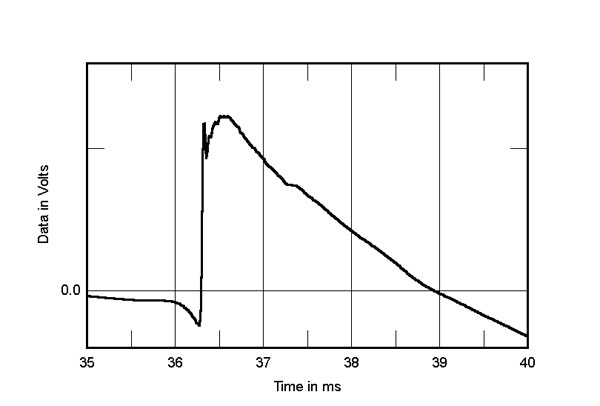haraldo
Active Member
Then you would je a very unhappy person.
Hmmm, I am a very happy person
Then you would je a very unhappy person.
Ok, if there is no ideal speaker then the remaining question is how much deviation from perfectness is acceptable and why do we appreciate some error but not the other one. It may also be necessary to think about how speakers, ears or other recording equipment are influencing the music content.
There is no such thing as an ideal speaker, I don't think there is any speaker that can do that .... go to a concert hall and listen to Leif Ove Andsnes playing a Steinway Model D, it cannot be reproduced by a hi-fi system .... at least I never heard it, and I auditioned the very very very best that Oslo Hifi Center has to offer, many times ... (including Geir Tømmervik's own rig with custom Kef Muon) very good but not there ...
Real (2-mic / 2-channel) stereo is imperfect (more with speakers, less so with headphones).
You can't expect the reproduction of a recording to sound like the original event, even when reproduced with the most accurate system.
Personally I think the problem we have regarding lack of realism in a playback-system comes mainly from these things;
- Recording
- Acoustics
- Dispersion
- Capacity
To my ears I find that good speakers with controlled on/off-axis behavior sounds remarkably similar in near-field where the room and dispersion characteristics matters less. That's expected due to the fact that we then emphasize the frequency response and minimize the time-related issues that comes from the room/speaker interaction. If we continue to explore the realism aspect, I'd put money on the notion that a real-life trumpet in a anechoic chamber would sound the same as a loudspeaker with equal frequency response and enough capacity in that anechoic chamber, if the recording allowed for it.
In a room where the dispersion characteristics will affect how everything sounds there's no way to make a speaker sound like a real trumpet/piano/guitar. If you reduce the room's impact on sound, you (should) get closer to the real thing.
Of course, the easiest way to perform this experiment is to take both the instrument and the speaker outside and try.
I seem to remember Dutch & Dutch taking the speakers and some musicians to an anechoic chamber to compare in a blind test, but don't know how that turned out. @Martijn Mensink ?

I am wondering if time domain affects perceived stereo imaging and depth.
Positioning and where you sit is crucial.
Personally I think the problem we have regarding lack of realism in a playback-system comes mainly from these things;
- Recording
- Acoustics
- Dispersion
- Capacity
To my ears I find that good speakers with controlled on/off-axis behavior sounds remarkably similar in near-field where the room and dispersion characteristics matters less. That's expected due to the fact that we then emphasize the frequency response and minimize the time-related issues that comes from the room/speaker interaction. If we continue to explore the realism aspect, I'd put money on the notion that a real-life trumpet in a anechoic chamber would sound the same as a loudspeaker with equal frequency response and enough capacity in that anechoic chamber, if the recording allowed for it.
In a room where the dispersion characteristics will affect how everything sounds there's no way to make a speaker sound like a real trumpet/piano/guitar. If you reduce the room's impact on sound, you (should) get closer to the real thing.
Of course, the easiest way to perform this experiment is to take both the instrument and the speaker outside and try.
I seem to remember Dutch & Dutch taking the speakers and some musicians to an anechoic chamber to compare in a blind test, but don't know how that turned out. @Martijn Mensink ?
When our next speaker goes into the development phase I'll get back to training again
Do you have plans for "next speaker"?
So many plans, but so little time. We've made a couple of proof-of-principles and early prototypes that we consider to be very promising, but nothing is planned for release any time soon. Our development is focused on improving the IT architecture and adding features to the 8c.
..... Dutch & Dutch 8c - a DSP empowered active loudspeaker....


